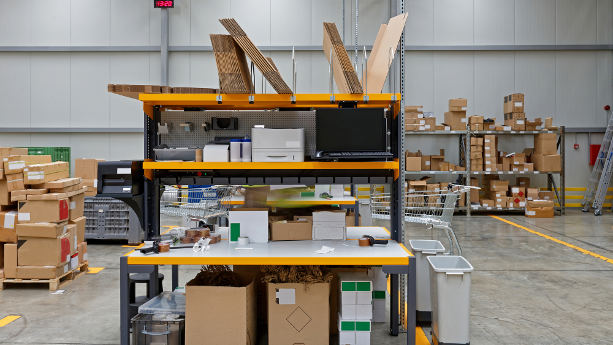-
- EMC测试 RoHS测试 EN71测试 质检报告 医疗整改 UN38.3报告 MSDS报告 WERCS认证 PAHS检测 IP防尘防水 CPSIA测试 MEPS认证 EMF测试 RF测试 双酚A检测 IEC62133 LFGB认证 SCCP测试 EMC整改 TSCA认证 JFSL370 REACH测试 CP65认证 ASTM认证
-
检测检验
Amazon Product Lab Testing Requirements: An Overview
Third-party lab testing is mandatory for a growing number of products sold on Amazon.com. In this guide, we explain what Amazon sellers must know about product testing, safety standards, and test report submissions.
Is product lab testing required for all products sold on Amazon?
Amazon requires that products sold on its platform are compliant with the relevant safety standards, substance restrictions, labeling and certification requirements. If you’re selling on Amazon.com in the United States, then your products must comply with US product regulations. Likewise, products sold on Amazon in Europe must comply with EU product directives and safety standards.
As such, it depends on whether lab testing is required in the country or state in which you intend to sell your product.
That said, keep in mind that all unsafe products are subject to recalls. Third-party lab testing is the only reliable way to assess if a product is safe and compliant – even if third-party lab testing is not compulsory.
It’s also important to mention that pressure is mounting on Amazon to take responsibility for the safety of products sold on its platform. It may not be long before third-party safety testing is mandatory for all products sold on Amazon.com.

For which products is lab testing required on Amazon?
Whether product testing is mandatory or not depends on the applicable regulations. For example, all children’s products sold in the USA must comply with the CPSIA – which in turn requires test reports issued by a CPSC accepted testing lab.
Here are some products for which lab testing is usually required:
There are also cases in which Amazon sets the bar higher than the legal requirements. A few years ago, Amazon.com forced all hoverboard sellers to provide valid UL 1642 and UL 60950-1 test reports.
What’s interesting here is that UL standards are voluntary. Still, the way Amazon dealt with hoverboard sellers demonstrates the fact that they do have the power to require compliance safety standards that exceed those imposed by the government.
This requires that sellers understand both product regulations and any additional standards required by Amazon.
How do I know which tests I need for my product?
Amazon product safety guides can be found in the Amazon Seller Central. Here are some product categories they cover:
Amazon normally lists mandatory standards for which a corresponding test report must be provided.
Example: Power Banks (Link)
Example: Children’s Jewelry (Link)
You can also request an assessment of applicable safety standards and testing requirements from a third-party testing company.
Which lab testing companies are accepted by Amazon?
This also depends on the specific product. For example, children’s product test reports must be issued by a CPSC accepted testing company. This is not an Amazon-specific requirement, but mandatory for all children’s products sold in the United States.
For certain product categories, such as power banks, Amazon requires that the testing company is accredited (e.g. ILAC ISO 17025).
Generally speaking, test reports issued by well-known testing companies such as QIMA, Bureau Veritas, Intertek, Eurofins, and SGS are accepted. You can also search testing companies on the Amazon Service Provider Network.
How do I submit a test report to Amazon?
Amazon will normally contact sellers when they require test reports, which can be submitted via email. Amazon may require test reports after you list a new product, or at a later date. Failing to provide a test report may result in the product being removed.
Can I provide a test report from my supplier?
Some sellers attempt to use existing test reports held by the supplier. This is rarely a workable option for the following reasons:
1. The test report must be valid for the same product/SKU (not a ‘similar’ or an entirely different product)
2. For some products, the test report must be valid for the same production run. As such, you cannot use ‘old’ test reports.
3. Test reports held in the supplier’s name can sometimes not linked to the product you’re selling. This is often the case when you buy the product from a trading company, which in turn provides a test report held by the original manufacturer. Further, some regulations explicitly require that the test report is held by the importer.
In short, there are few scenarios in which you can use a test report held by a supplier, or other company.